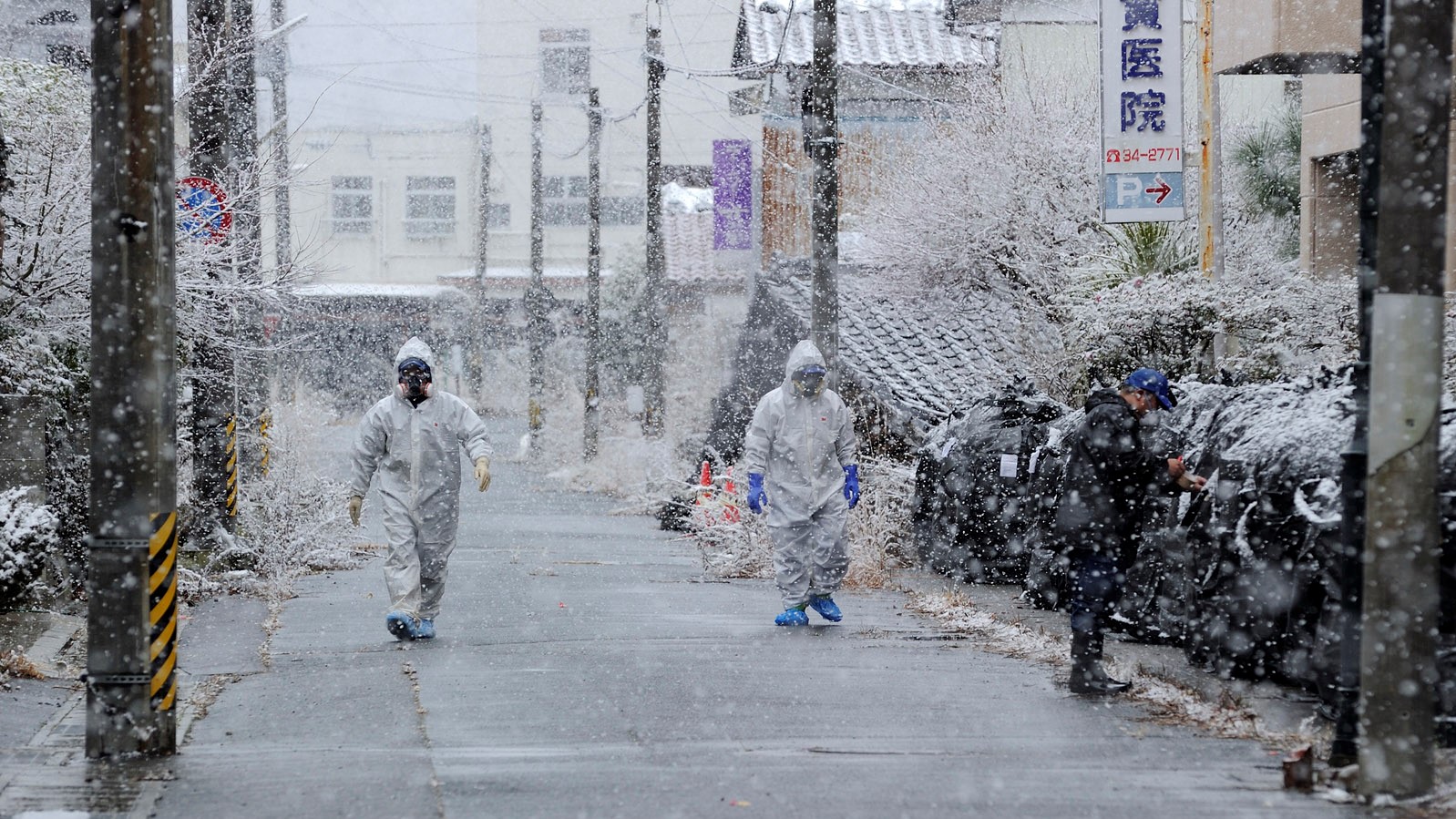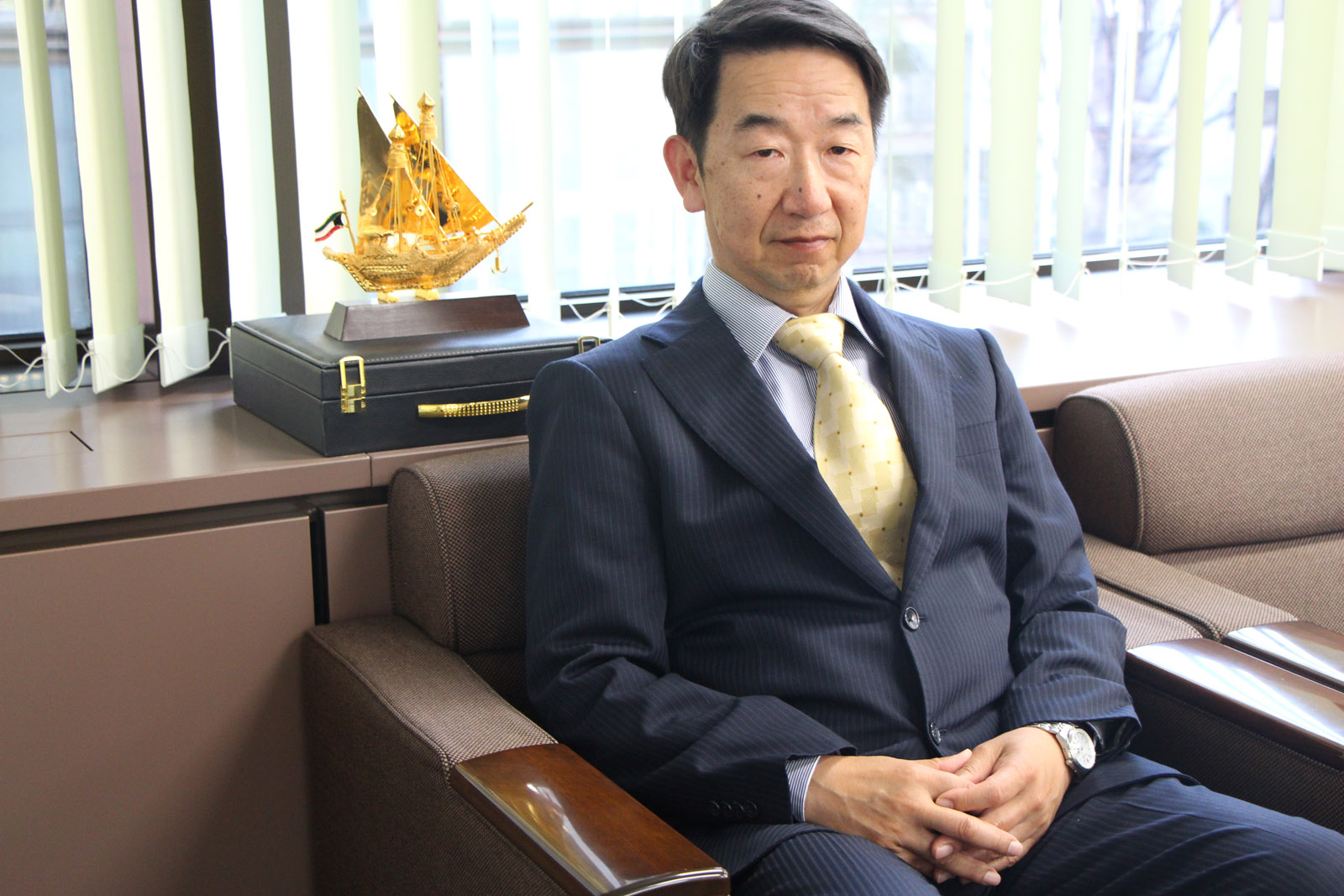It’s been ten years since a magnitude 9 earthquake off the northeastern coast of Japan triggered a tsunami that killed 18,000 of people, wiped out whole coastal towns and caused a serious nuclear accident in the Fukushima prefecture that resulted in more than 100,000 people being evacuated from their homes.
Today, there are some signs of progress toward normalcy. The decontamination of land has been completed in most of the affected areas while atmospheric radiation levels are now the same as most major cities in the world.
But for those who lived through the earthquake and tsunami of 2011, life may never be the same. Loved ones gone. Neighborhoods leveled. In the area impacted by radiation, some 337 square kilometers are still deemed a “difficult-to-return zone”, meaning that more than 37,000 people are still not able to return to their homes.
Even for those who came from other parts of Japan to help, the event was traumatic, in large part because no one, including the Japanese Red Cross Society, had ever before dealt with simultaneous major crises of this scale: one that not only wiped entire towns out to sea but then made rescue efforts extremely risky due to potential radiation poisoning.
Red Cross nurse Ayumi Watanabe recalls how her team was providing medical help to weary and frightened people at a gymnasium in the town of Soma.
“The nuclear power plant had exploded and we had no choice but to leave. We heard blaming words from the evacuees like, ‘You are abandoning us, aren’t you?’ With mixed feelings of guilt and a sense of fear of the radiation, we forced ourselves to move to Kawamata. My heart was nearly broken with sorrow.”
While the Japanese Red Cross Society has long experience providing medical treatments for radiation poisoning at certain hospitals it manages (due to legacy of treating survivors of the Hiroshima and Nagasaki atomic bomb blasts), the National Society was not ready to deal with such widespread contamination from radio-active materials.
In many parts of the world, a similar situation is unfolding with Covid-19, as health systems worked feverishly to adapt while also keeping healthcare workers as safe as possible. With Covid-19, most communities had some time to prepare for the virus’ arrival. But it’s still a tremendous challenge when a pandemic, toxic agent or radioactive contaminant complicates emergency efforts.
 Red Cross Red Crescent magazine
Red Cross Red Crescent magazine 









